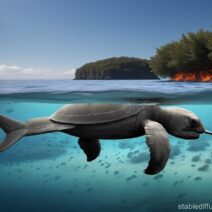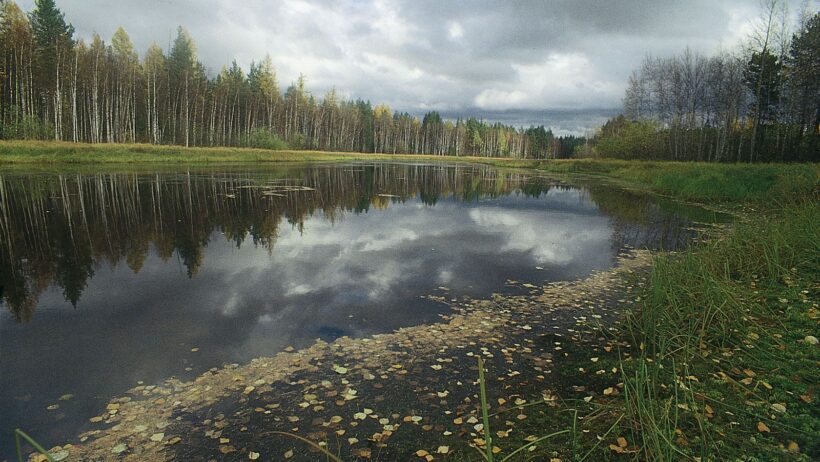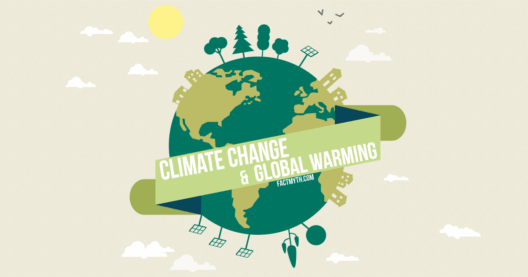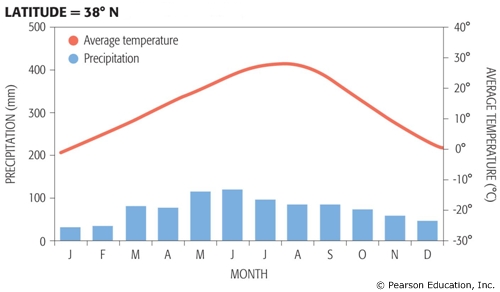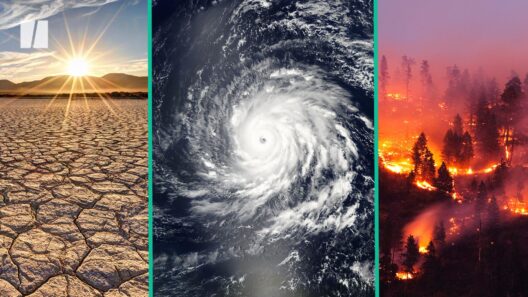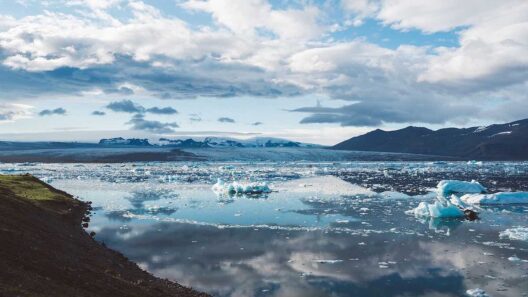Climate in Russia is a multifaceted tapestry, woven from the frigid breath of Siberian winters to the temperate embrace of Black Sea summers. This vast expanse, the largest country in the world, boasts an array of regional climates that are as diverse as its geography. Understanding Russia’s unique climatic zones provides insight into not only its ecological systems but also the lifestyles of its inhabitants.
The climatic diversity of Russia can generally be categorized into several zones: the Arctic, subarctic, continental, and maritime climates. Arctic climates dominate the northern fringes, where frigid temperatures persist for most of the year. The landscape is characterized by permafrost, a layer of permanently frozen ground that affects both flora and fauna. These regions experience an exceedingly short growing season, and life is heavily adapted to survive the harsh conditions. Species such as the polar bear and Arctic fox exemplify the resilience of wildlife that thrives in such unforgiving environments.
As one moves southward, the subarctic climate emerges, notably seen in parts of Siberia. Siberian winters are notoriously harsh, with temperatures plummeting to minus forty degrees Celsius in some areas. The cold, dry air creates conditions ideal for heavy snowfall, transforming the landscape into a winter wonderland. Frosted taiga forests, predominantly composed of coniferous trees, dominate this region. These trees, such as larch, spruce, and fir, have adapted to the extreme cold, developing needle-like leaves that reduce water loss during the harsh winter. The unique coniferous forests support a variety of wildlife, including wolves, elk, and lynxes, which have adapted their behaviors to survive in subzero temperatures.
Conversely, the continental climate found in much of western Russia presents a stark contrast. Characterized by expansive temperature variations between seasons, this climate sees hot summers and bitterly cold winters. Cities like Moscow experience an average temperature swing where the mercury can soar above thirty degrees Celsius during the summer months, only to plunge below minus ten during winter. This extreme temperature fluctuation influences agricultural practices, with farmers planting cold-resistant crops in the short window of opportunity provided by summer.
Navigating further south, one might encounter the temperate maritime climate of the Black Sea region. The coastal cities of Sochi and Novorossiysk bask in a much milder climate, benefiting from warm summers, coupled with an adequate amount of rainfall distributed throughout the year. This region boasts lush vegetation, including subtropical varieties, due to the influence of warm ocean currents. Here, citrus fruits, olives, and even vineyards flourish, providing not only sustenance but also vital economic resources for the local population.
Russia’s climate is not just a backdrop for human activity; it profoundly influences socioeconomic structures, health, and migration patterns. The great expanses of Siberia, with its rich natural resources such as timber, oil, and natural gas, are crucial for the economy. However, the extreme climate poses significant challenges for extraction and transportation. The harsh conditions necessitate innovative technologies and strategies to harness these resources without devastating environmental consequences—demonstrating the intersection of climate and industry.
Another noteworthy phenomenon is the impact of climate on habitation. Rural populations in Siberia adapt their lifestyles to the seasonal rhythms of their environment, embracing traditional ways of life that revolve around the cycles of nature. Winter festivals celebrate the snowy landscape, while summer brings a flurry of activity as communities partake in fishing, hunting, and gathering. This symbiotic relationship between the people and their environment illustrates a profound respect for nature that is often overlooked in urban settings.
Climate change poses another layer of complexity to Russia’s already complicated environmental landscape. Rising temperatures threaten the stability of permafrost, which could release significant amounts of greenhouse gases formerly locked away, exacerbating the global climate crisis. The melting of Arctic ice alters sea levels, affecting coastal communities and wildlife alike. Additionally, forest fires in Siberia are becoming more frequent and intense, leading to the destruction of vast tracts of forest and the wildlife that depends on these habitats.
While the Polar Ural Mountains and other regions of Russia present stark visuals of ice and snow, the reality is that these environments are slowly changing. The indigenous populations, long dependent on traditional practices, now find themselves at a crossroads. There exists a delicate balance between economic needs and environmental preservation, a tension that demands innovative solutions and a collective commitment to sustainable practices.
The fascination with Russia’s climate is not merely academic; it speaks to a broader narrative about resilience and adaptation. Whether one is captivated by the extremes of a Siberian winter or lured to the sun-kissed beaches of the Black Sea, these climatic variances evoke curiosity about the natural world and humanity’s place within it. As climate change continues to unfold, understanding the intricate relationships between environment, culture, and economy becomes paramount in fostering a sustainable future.
In conclusion, Russia’s climate is a realm of extreme contrasts, influencing everything from daily life to global ecology. The interplay between its various climatic zones creates a rich tapestry of ecosystems, each with their own unique challenges and stories. Addressing the implications of climate change within this context will require an acknowledgment of the intricate ties binding nature, culture, and industry, urging a reformation of practices in harmony with the delicate balance of our planet.

